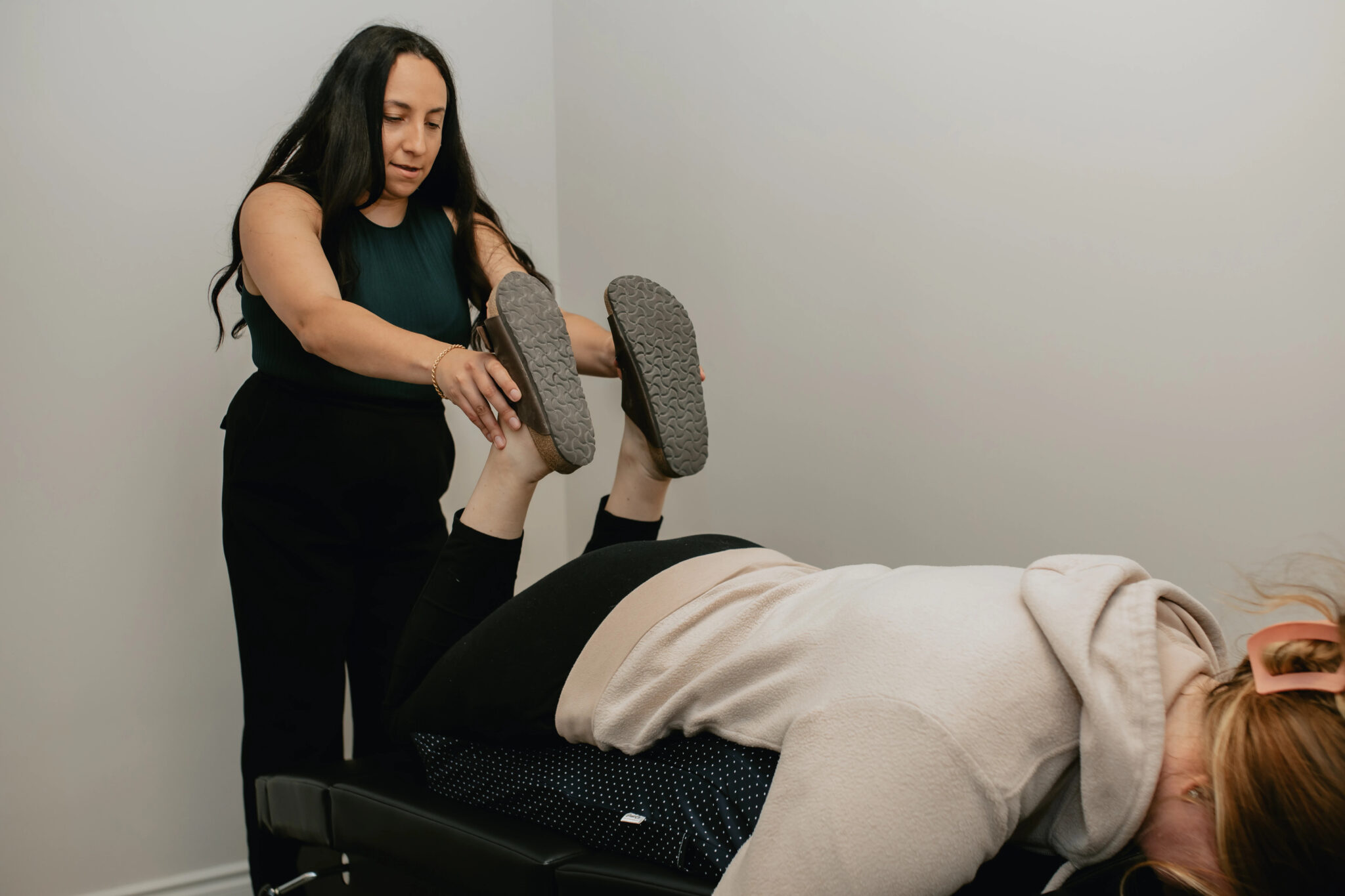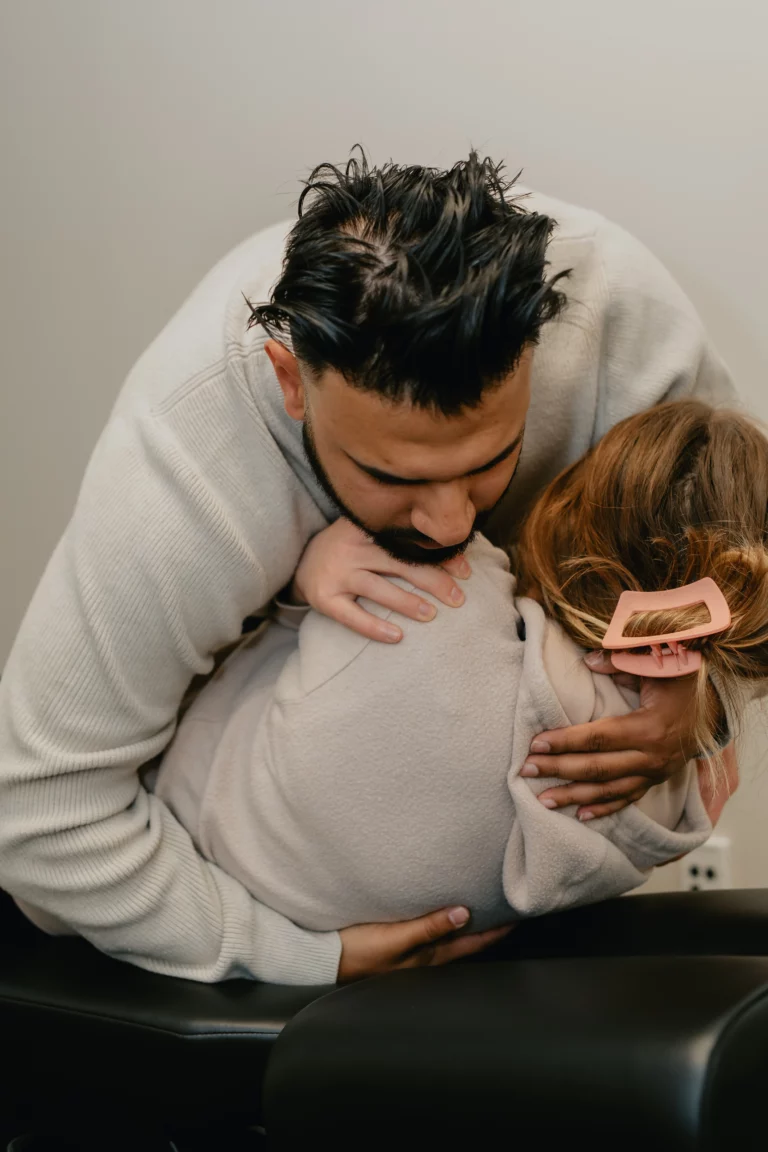Q: What is scoliosis?
A: Scoliosis is a condition characterized by an abnormal curvature of the spine, which can cause a range of symptoms and complications. (Resource: Mayo Clinic)
Q: Can chiropractic for scoliosis treatment help with scoliosis?
A: Yes, chiropractic for scoliosis treatment can be effective in managing the symptoms of scoliosis and may improve the quality of life for individuals with this condition.
Q: How does chiropractic for scoliosis treatment for scoliosis differ from traditional chiropractic care?
A: A chiropractic for scoliosis treatment focuses on addressing the specific issues related to spinal curvature and misalignment associated with scoliosis, whereas traditional chiropractic care is more generalized in its approach.
Q: What can I expect during a scoliosis-specific chiropractic treatment session?
A: During a chiropractic for scoliosis treatment session, the chiropractor may use specialized techniques and adjustments to address the spinal misalignments associated with scoliosis, aiming to improve spinal function and reduce discomfort.
Q: Is chiropractic for scoliosis treatment suitable for all cases of scoliosis?
A: Chiropractic for scoliosis treatment for scoliosis may be suitable for certain individuals with milder forms of scoliosis, but it is essential to consult with a chiropractor to determine the most appropriate treatment plan for your specific condition.
Q: Can a chiropractor help straighten my spine if I have scoliosis?
A: While chiropractic for scoliosis treatment cannot “cure” scoliosis or entirely straighten the spine, it can assist in managing symptoms, improving spinal function, and potentially reducing the progression of the curvature.
Q: How can I find a chiropractor specializing in scoliosis-specific chiropractic treatment?
A: You can find a chiropractor specializing in scoliosis-specific chiropractic for scoliosis treatment by seeking referrals from medical professionals, conducting online research, or contacting chiropractic clinics directly to inquire about their expertise in treating scoliosis.
Q: What type of chiropractic interventions are commonly utilized in scoliosis-specific treatment plans?
A: Chiropractic interventions for scoliosis may include specialized adjustments, spinal traction, therapeutic exercises, and other personalized techniques designed to address the specific needs of individuals with scoliosis.
Q: Are there any age restrictions for receiving chiropractic treatment for scoliosis?
A: Chiropractic treatment for scoliosis can be beneficial for individuals of various ages, including adolescents and adults, but the suitability of treatment may depend on the severity and specific characteristics of the scoliosis.
Q: How can chiropractic treatment help manage scoliosis pain?
A: Chiropractic treatment for scoliosis often aims to improve spinal alignment and function, which can potentially alleviate discomfort and pain associated with the condition, providing relief for individuals with scoliosis.



